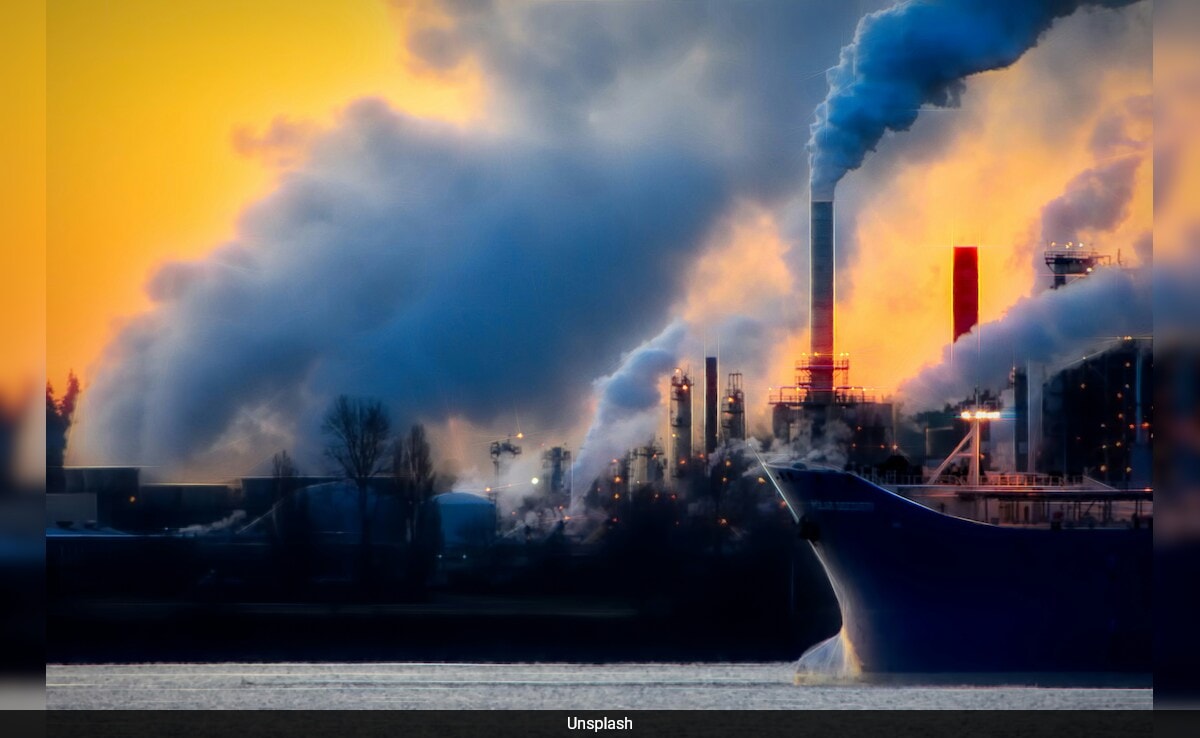
As greenhouse gas concentrations hit a new high in 2023, the earth will continue to warm for many years to come, according to a report from the World Meteorological Organization (WMO). The amount of carbon dioxide (CO2) in the atmosphere is increasing more quickly than at any other point in human history, increasing by almost 10% in just 20 years.
According to WMO’s annual Greenhouse Gas Bulletin, large vegetation fire CO2 emissions and a possible reduction in carbon absorption by forests combined with stubbornly high fossil fuel CO2 emissions from human and industrial activities to drive the increase.
Echoing the UN chief’s longstanding appeals, WMO Deputy Secretary-General Ko Barrett told journalists that carbon dioxide (CO2) – one of the three main greenhouse gases, along with methane and nitrous oxide – is now accumulating in the atmosphere “faster than at any time experienced during human existence”. Because of the extremely long lifetime of CO2 in the atmosphere, “we are committed to rising temperatures for many, many years to come,” she added.
WMO’s 2024 Greenhouse Gas Bulletin offers a stark, scientific reminder that rising CO2 levels need to be slowed. In 2004, the concentration of carbon dioxide in the atmosphere was 377.1 parts per million (ppm), while in 2023, this reached 420 ppm, according to WMO’s Global Atmosphere Watch Network.
“This is an increase of 42.9 parts per million, or 11.4 per cent in just 20 years,” Ms Barrett explained.
“These are more than statistics,” the WMO deputy chief insisted. “Every part per million matters, every fraction of a degree of temperature increase matters; it matters in terms of the speed of glacier and ice retreat, the acceleration of sea level rise, ocean heat and acidification. It matters in terms of the number of people who will be exposed to extreme heat every year, the extinction of species, the impact on our ecosystems and economies.”









